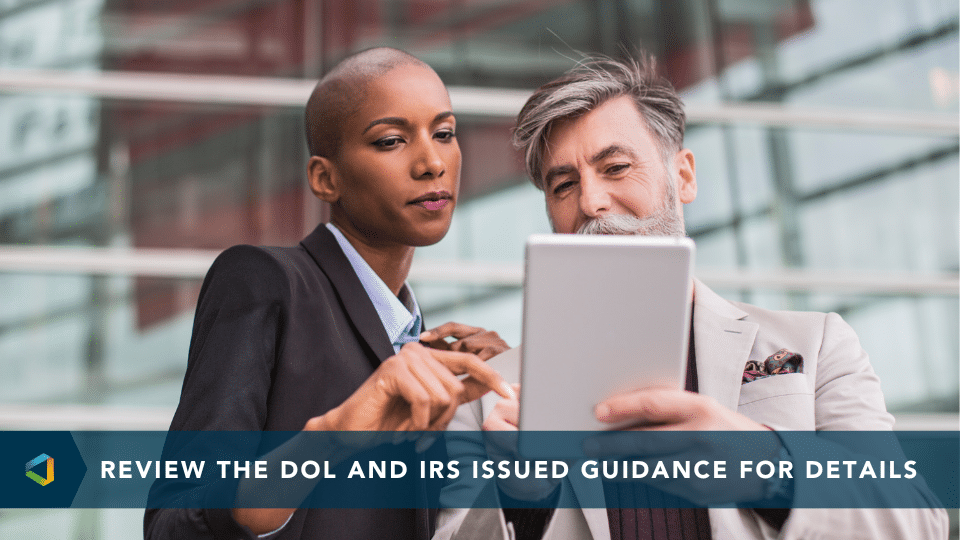Better Benefits, Lower Costs
Using After-Tax Contributions to Increase Emergency Savings in Your Workforce
Using After-Tax Contributions to Increase Emergency Savings in Your Workforce
Statistics show that before the coronavirus pandemic, the average person only had access to $400 in case of emergency,* which is clearly not enough in times of trouble.
With the use of after-tax emergency savings funds, employees will be more prepared for the uncertain future. Unforeseen emergencies do appear, and the majority of households do not have savings to pay for these unexpected situations. An easy way that employers can help employees build a savings account for unexpected emergencies is by adding the ability for employees to save after-tax through their payroll contribution.
What is an After-Tax Contribution?
Leading companies are going above and beyond to increase engagement and utilization of this increasingly popular plan option. Recognizing the impact of financial stress in their workforce, some employers contribute a match in the same way they would make a pre-tax contribution for their employees.
Companies see the value of giving employees the ability to use these after-tax accounts as emergency savings accounts.
4 Advantages of Using an After-Tax Contribution for Emergency Savings
- Having the account through an employer allows individuals to set a regular-paced pay schedule through payroll. So, if there is a way to take the fact that they have access to my monthly or weekly pay, and I can save 5-10 dollars a week.
- The funds saved in an emergency savings account do not have to be used in retirement. The contributions are after-tax, which allows the employee’s deferrals to be withdrawn without penalties before retirement.
- Employees do not have direct access to the funds saved. Therefore, they cannot just go with an ATM card and take it out. This change in behavior to save a few dollars for some future event can helps create good financial habits.
- Because there is money saved, employees are less stressed at work. When people are stressed at work, people make poor lifestyle decisions to relieve their stress. For example, smoking, drinking too much, eating too much, and splurging on poor financial decisions. These decisions can compound upon themselves and can create even more issues.
Communication is also key to the conversation around savings and saving for emergencies. Employers are recognizing the importance of simplifying messaging.
- The vocabulary used needs to be simplified and plan managers will want to avoid the use of jargon that can unnecessarily confuse your audience.
- Messaging is better received if it is coming from a single source instead of multiple. It is a good strategy is to find a champion within the organization that can help sell this savings strategy to employees. Allow them to carry the torch and show the benefits they have received from using these emergency savings. An employee is much more likely to follow a well-respected colleague because they have a built-in bond and connection.
Employers need to be the ones pushing these after-tax emergency savings accounts. What is great about this endeavor is that it costs companies nothing to add to their retirement plan. The goal is really to help bring behavioral change and reduce financial stress to the benefit of the company and the employee. To create an easy access vehicle to savings.
To learn more about adding after-tax contributions to your retirement reach out to your plan vendors or a member of OneDigital Retirement + Wealth team. Check out this recent blog post: Re-Visiting Your Retirement Plan & It’s Participants in a Post-COVID-19 World.
Investment advice is offered through OneDigital Investment Advisors, an SEC-registered investment adviser and wholly owned subsidiary of OneDigital.
*Report on the Economic Well-Being of U.S. Households in 2017




